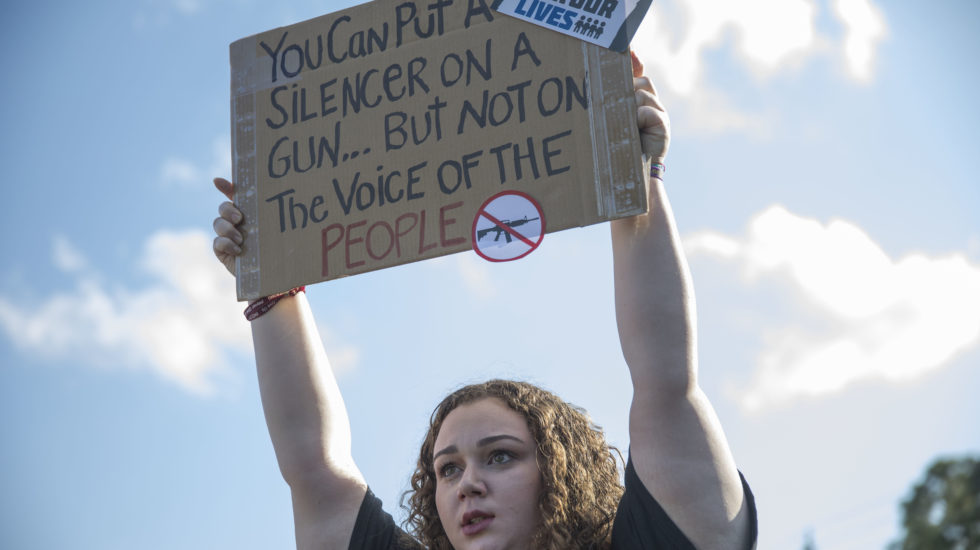The March for Our Lives by young people asking for “common-sense” efforts to reduce gun violence was impressive. That’s the reason the NRA is counterattacking so vigorously and nastily.
The gun-lobby knows the potential is large for the march moving into an effective movement that eventually makes a difference in elections. And that is what counts the most—the ballot box. But the NRA believes that won’t happen, and is committed to insuring that it doesn’t.
History is on their side. Belief runs strong that young people talk big, march easily, but don’t vote, and don’t really work in large numbers to get other people to vote. The record backs that belief. For example, in the 2014 off-year national elections (such as the ones now coming up in November), the percentage of young people (18-24) eligible to vote who actually voted was about 14%. Miserable. Figures for the 2016 Presidential election were somewhat better, about 24% I think, but still miserable as compared with percentages for older voters.
So now, after the March for Our Lives protest, do the young deliver or fade? Do they work in large numbers ringing doorbells, making phone calls, organizing and actually getting themselves to the polls? Do they do the sustained “grunt” work of what it takes to make a difference in elections? Or not?
And what about the rest of us? Do we or do we not agree with what these young ones are trying to accomplish? It is not, at base, a partisan political matter. Not all Democrats nor all Republicans agree about whether significant change is needed, and if so, exactly what. It’s a national problem. In size and scope, it is a uniquely American problem.
The NRA is confident it will win. Again. Recent history indicates the odds are with them. But the long arc of history may tell a different story. We’ll learn more about that when the November election returns are in.
